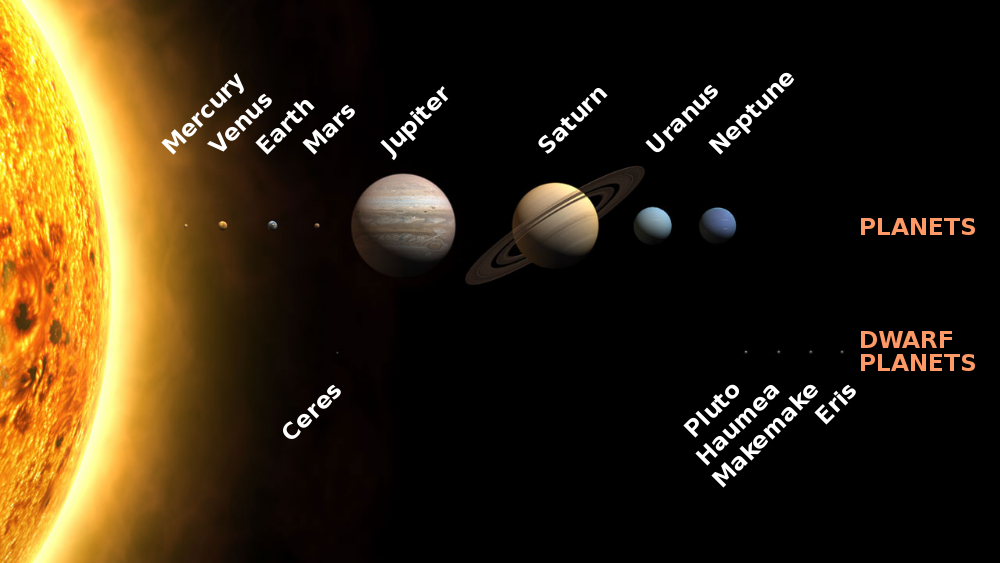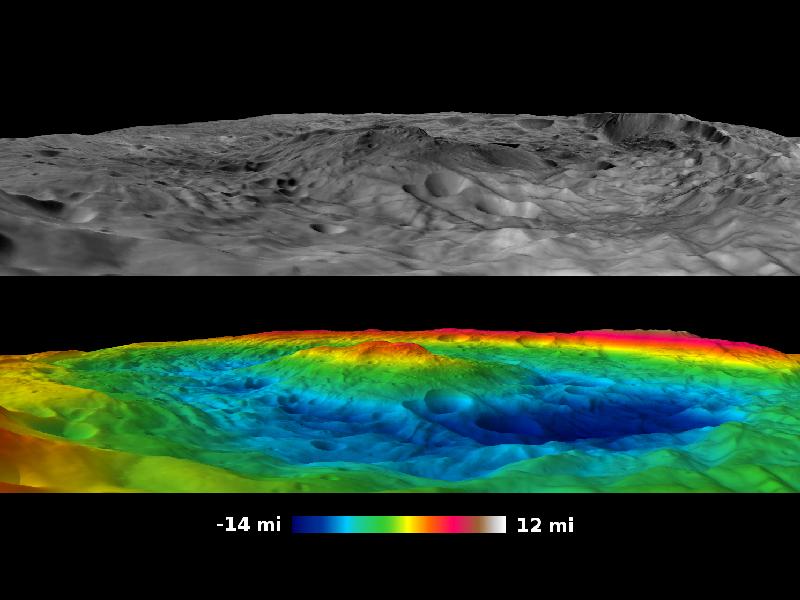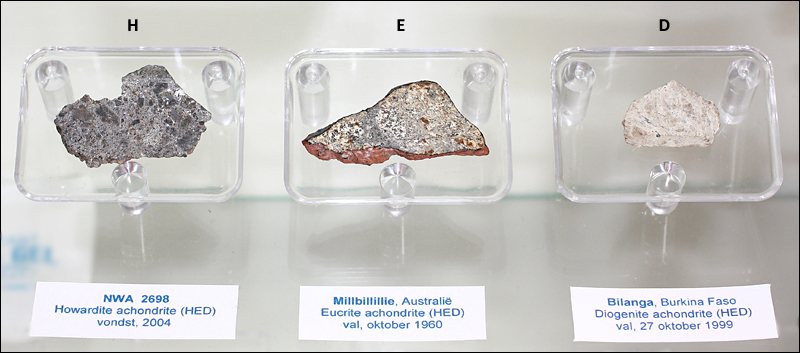The formation of our solar system, with multiple planets and other bodies of varying sizes and compositions—this was not a simple process. The more planetary systems we discover around other stars, the more we confirm the truth of this. Scientists are still working out the details of exactly why we have a system that has been remarkably stable over billions of years, with small and rocky terrestrial planets clustered near the Sun, and larger gaseous giant planets much farther away.
With only one example at hand, it was easy to tell ourselves that our system was the norm. Yet ground-based observations combined with results from the Kepler Space Telescope have shown us that solar systems come in a bewildering variety of patterns: “hot Jupiters” with giant planets orbiting in scorchingly close orbits their home stars, planets orbiting multiple stars (see below), and planets of very different compositions orbiting very close to each other. We seem to have just about every possible variation.
So it’s a little comforting when something we thought to be true is shown to be true after all.
Such is the case with the Dawn mission to Vesta, the second-largest among the asteroids that orbit between Mars and Jupiter, with an average diameter of 326 miles (525 km). The Dawn spacecraft slipped into orbit around Vesta in July 2011. After more than a year of intensive study, it just as quietly slipped away this past August, on its way to Ceres, either the largest asteroid or a dwarf planet, depending on which side of the bed you slept on last night. Dawn will arrive at Ceres in February 2015. What did we expect to find at Vesta, and what did we in fact find?
First, here is a video constructed from 64 actual images of Vesta taken by Dawn:
There are several interesting features, but I want to draw your attention to just one. Vesta has a whopping big crater (Rheasilvia) that dug out its southern polar region. The full extent of Rheasilvia is difficult to see from the perspective of the movie; here is a better point of view:
Next, what did we believe to be true about Vesta before the Dawn mission?
We know that meteorites that fall to earth are pieces of asteroids or of other solar system bodies. A few meteorites are known to have come from the moon or from Mars, by comparison of those meteorites either with samples of the moon brought back by the Apollo astronauts, or with compositions of Martian rocks determined by spacecraft landed on the surface of Mars. It’s more difficult to assign meteorites to a particular asteroid, both because we lack detailed compositional information about the asteroids, and because there are simply so many of them. There are probably over a million with diameters of more than 1 km (0.6 miles).
But it stands to reason that more meteorites might come from larger asteroids, particularly if there was a major collision event in the asteroid’s history, and if there is some plausible trajectory for bringing the debris from that collision to the Earth. And if the “color” of an asteroid—the detailed analysis of what wavelengths of light are absorbed and reflected from its surface—matches that of the meteorite, you have a reasonable case for concluding that a particular meteorite came from a particular asteroid.
Enter the HED meteorites. These were shown to match Vesta’s surface colors, there was a trail of Vesta-like asteroids leading to an area where Jupiter’s gravitational influence could deliver them to Earth, and fuzzy Hubble Space Telescope images hinted at the extent of Rheasilvia. The close-up and detailed analysis of the surface composition of Vesta (courtesy of Dawn) confirms that the HED meteorites are indeed pieces of that asteroid. And Rheasilvia is more than large enough to account for all the asteroids and meteorites that apparently originated at Vesta.
What about the ages of these meteorites? They range between 4.43 and 4.55 billion years old, among the very oldest preserved objects in the solar system. And here is the key fact: while there are meteorites that are just as old or older, none of them have been conclusively tied to a specific parent body as the HED meteorites have to Vesta. Those other original parent bodies have apparently long since been shattered to pieces by collision, or incorporated into larger bodies.
In other words, Vesta is a surviving protoplanet, one of the small bodies from which the terrestrial planets, including Earth, were assembled.
The early solar system was a tough neighborhood, with frequent and violent collisions among the many small bodies that initially formed. Some of these never grew to any appreciable size. Some grew to be protoplanets the size of Vesta and larger and were then assembled into larger bodies that became the terrestrial planets: Mercury Venus, Earth, and Mars. Some of the protoplanets were shattered into smaller pieces that never became something larger. And we now know that at least one protoplanet survived to the present age.
So raise a toast to Vesta! Surviving on an island with several other devious manipulators for a few weeks is nothing. Vesta is the true Survivor!









Leave a Reply